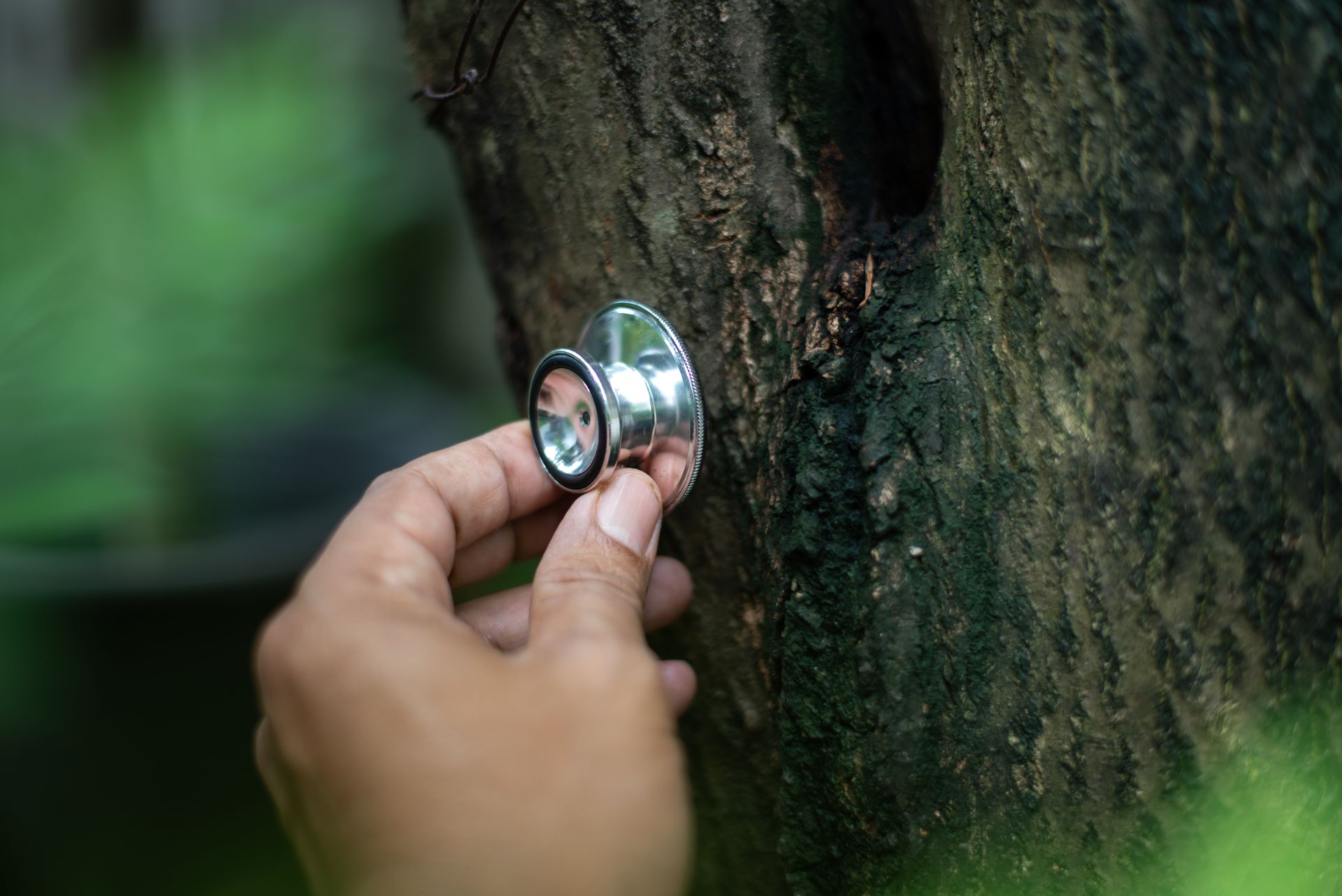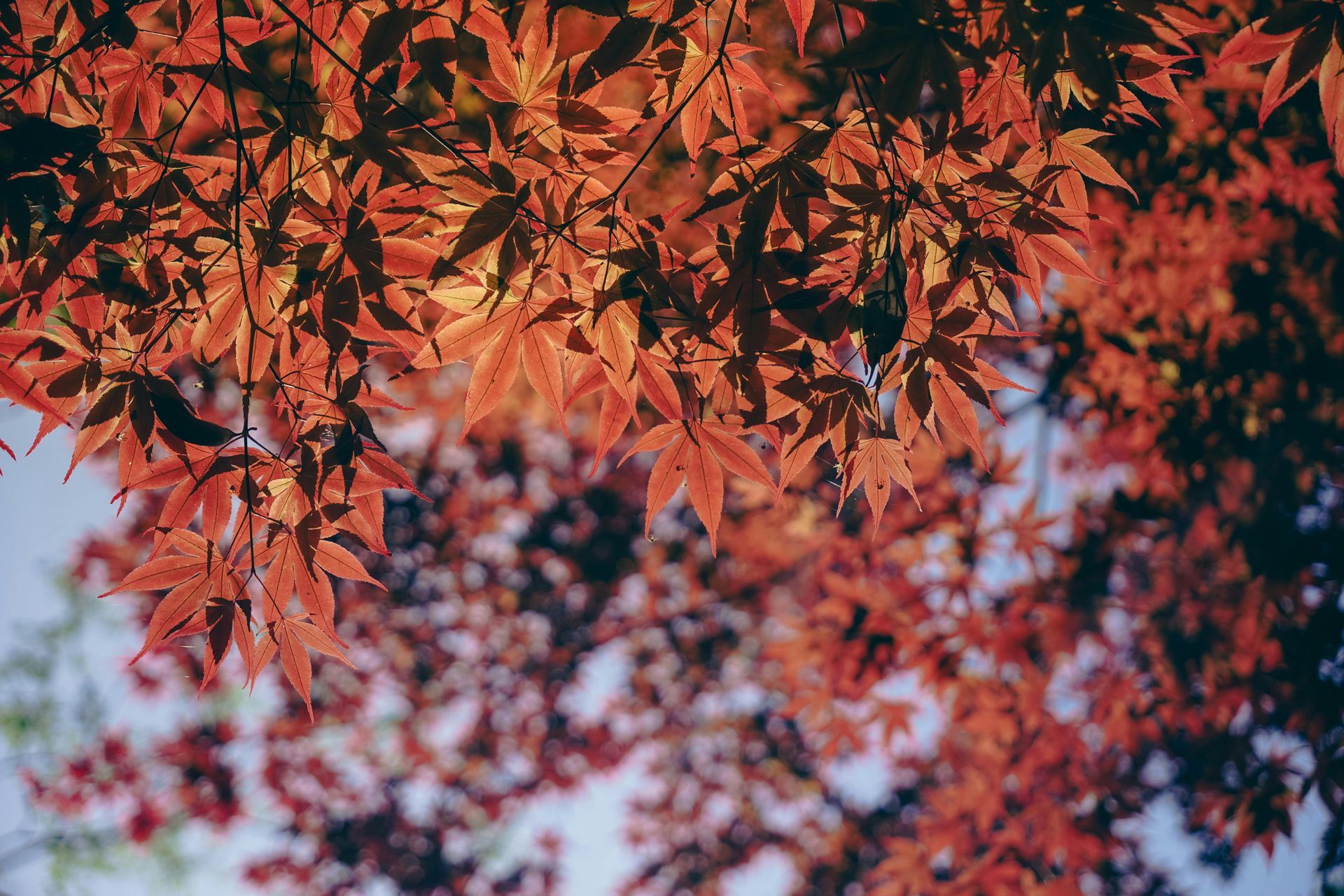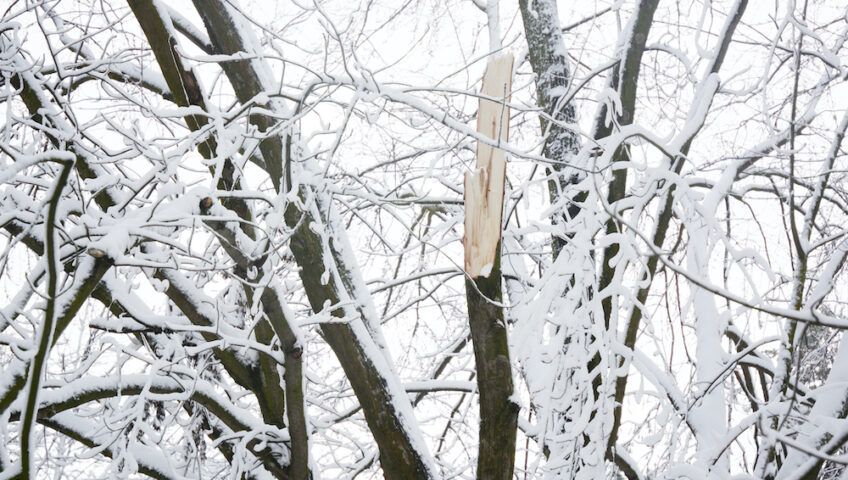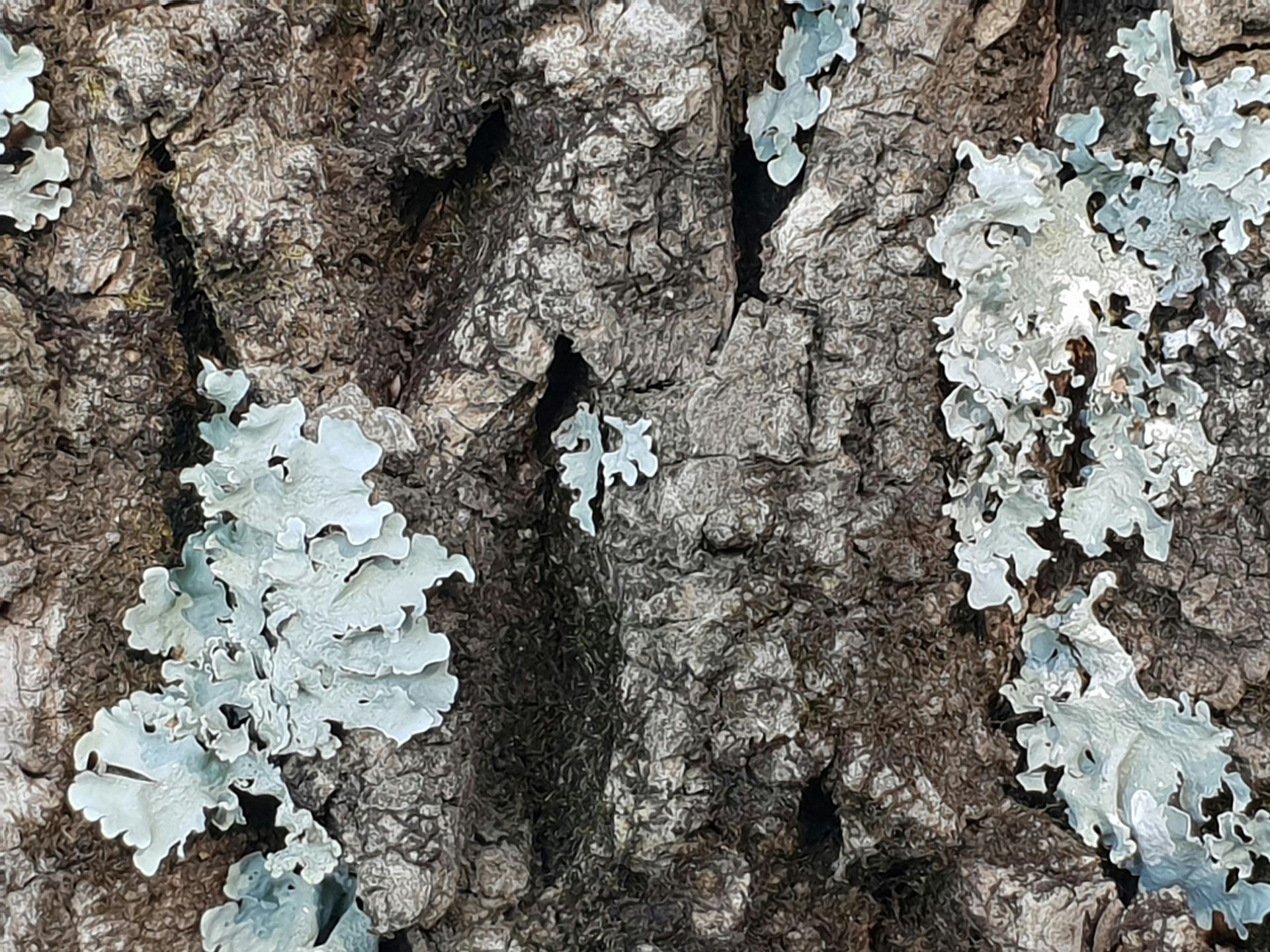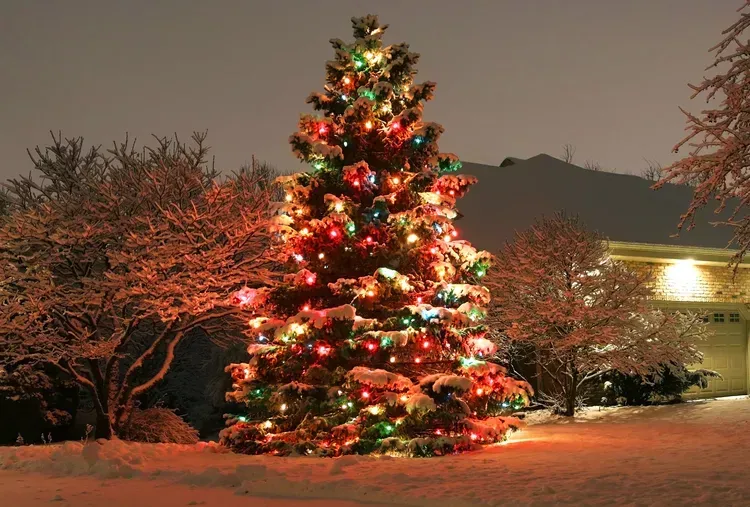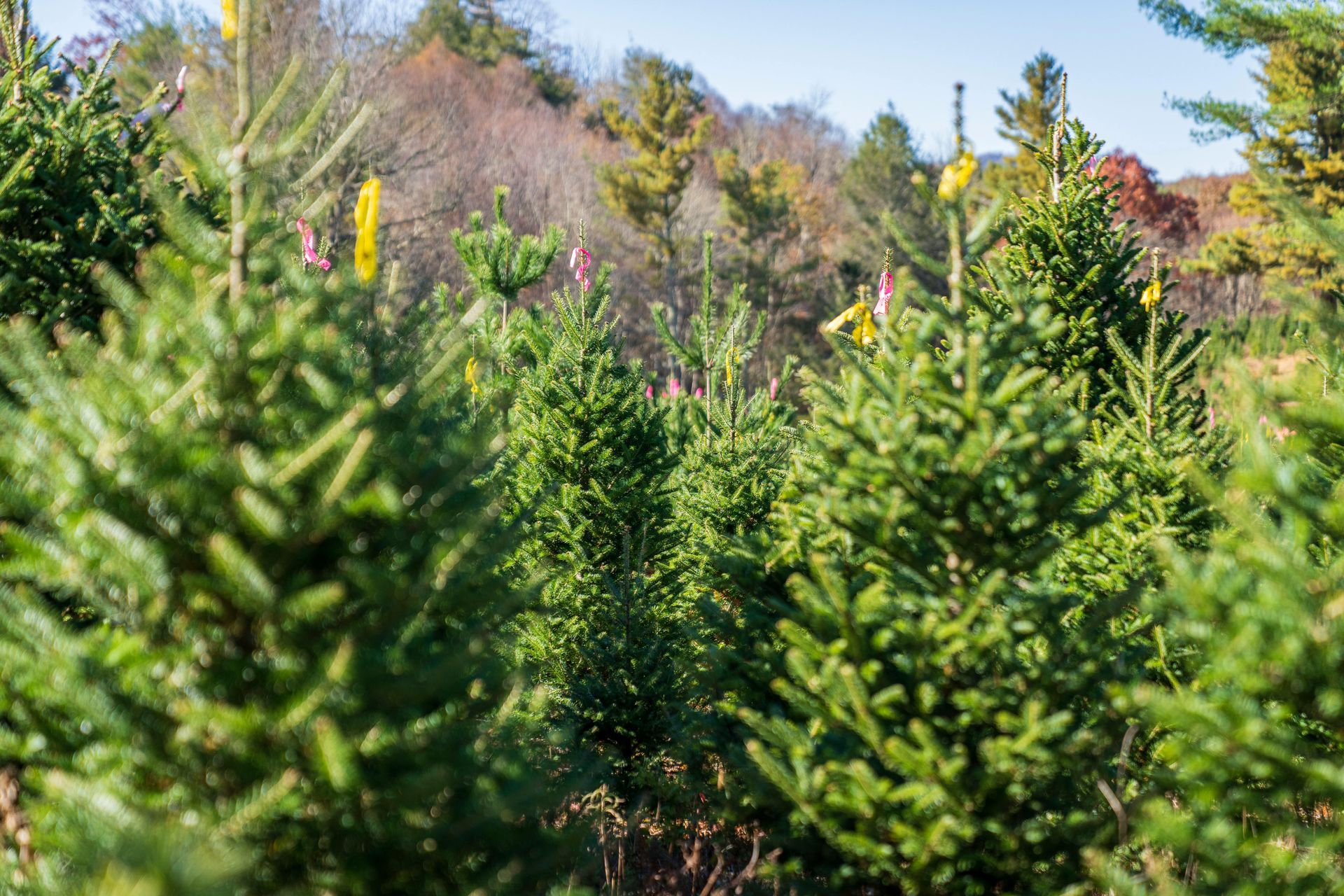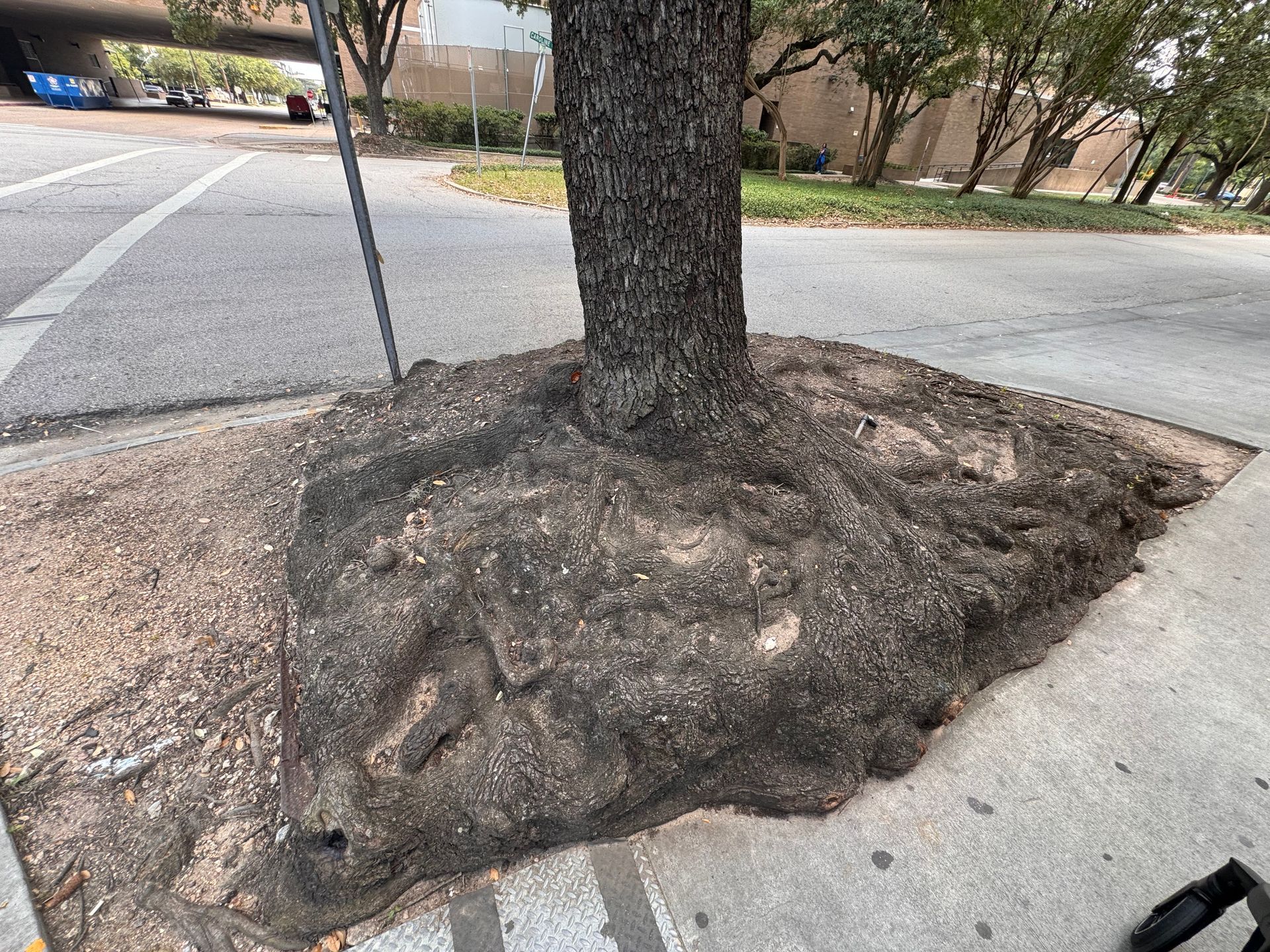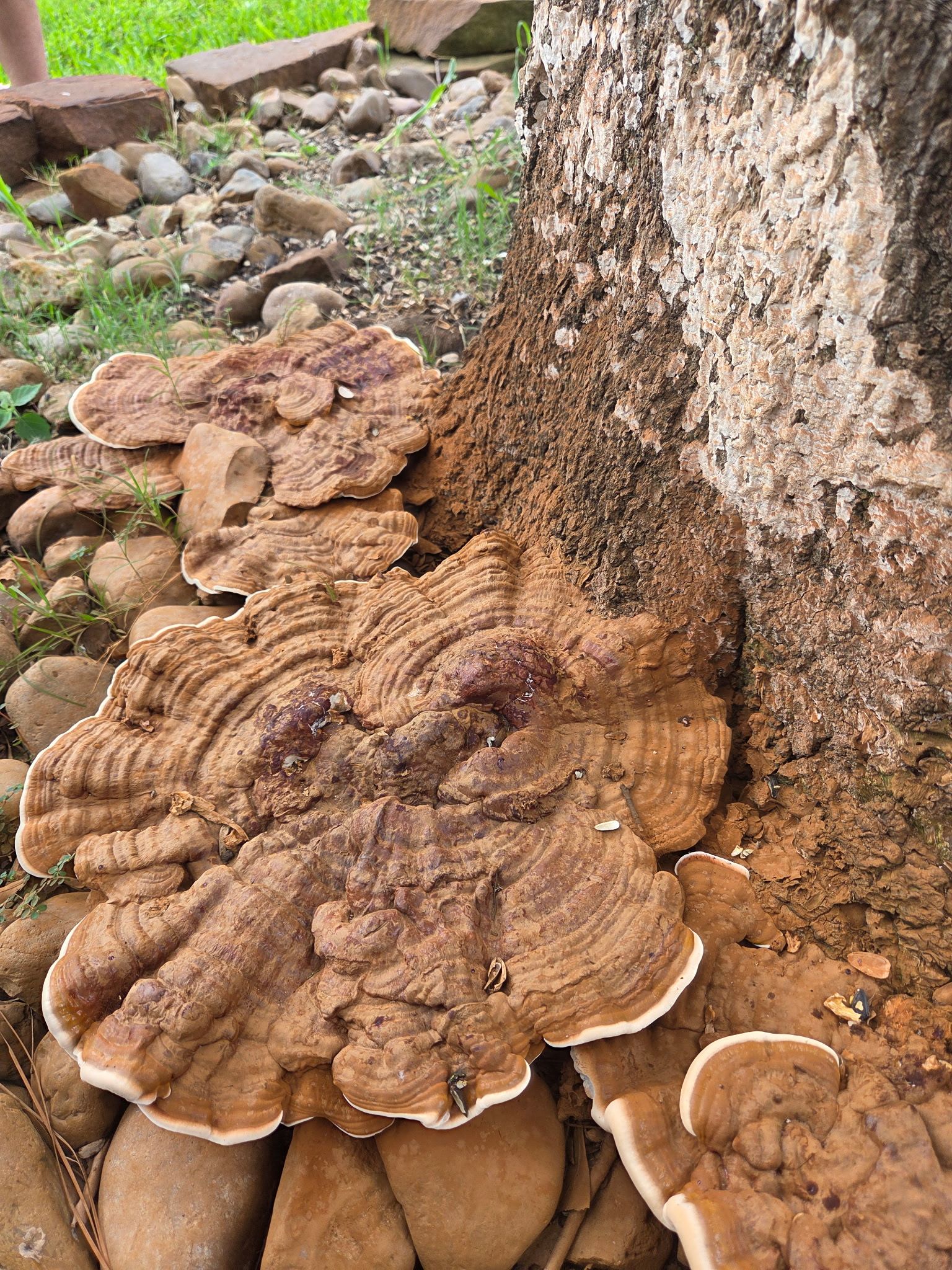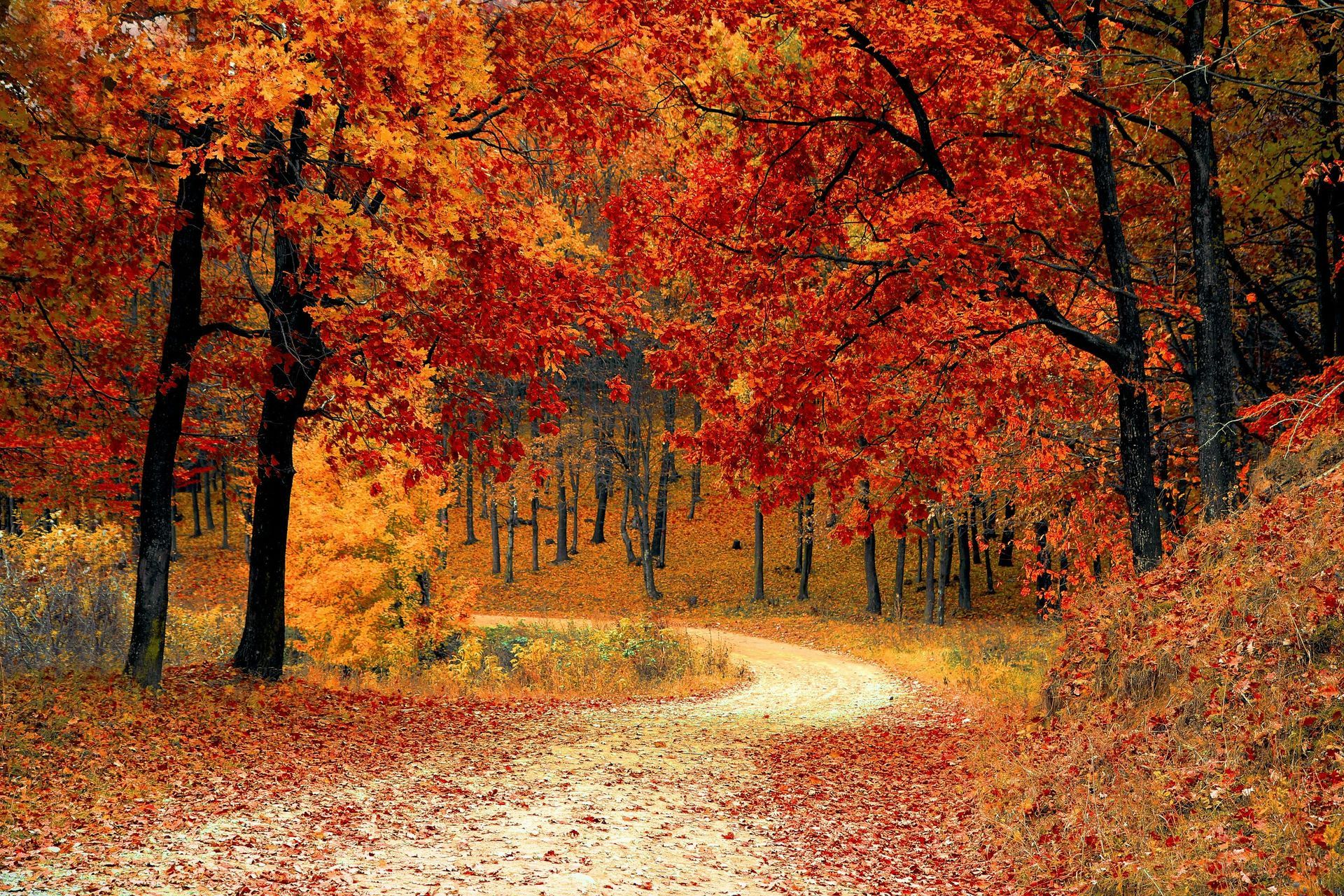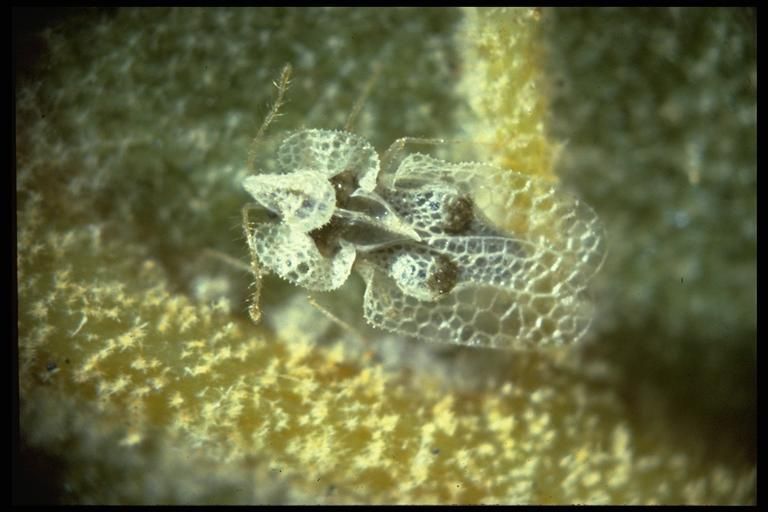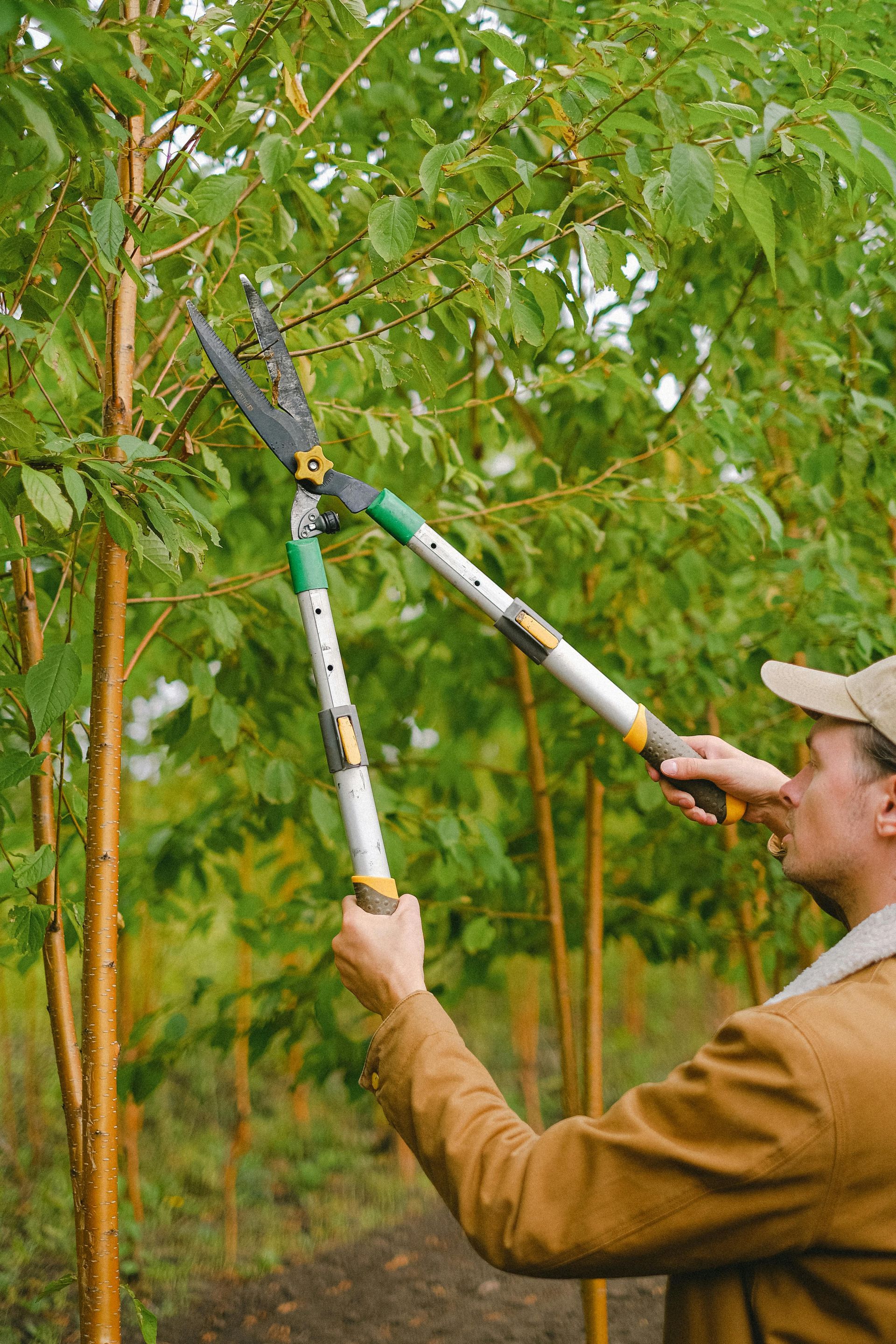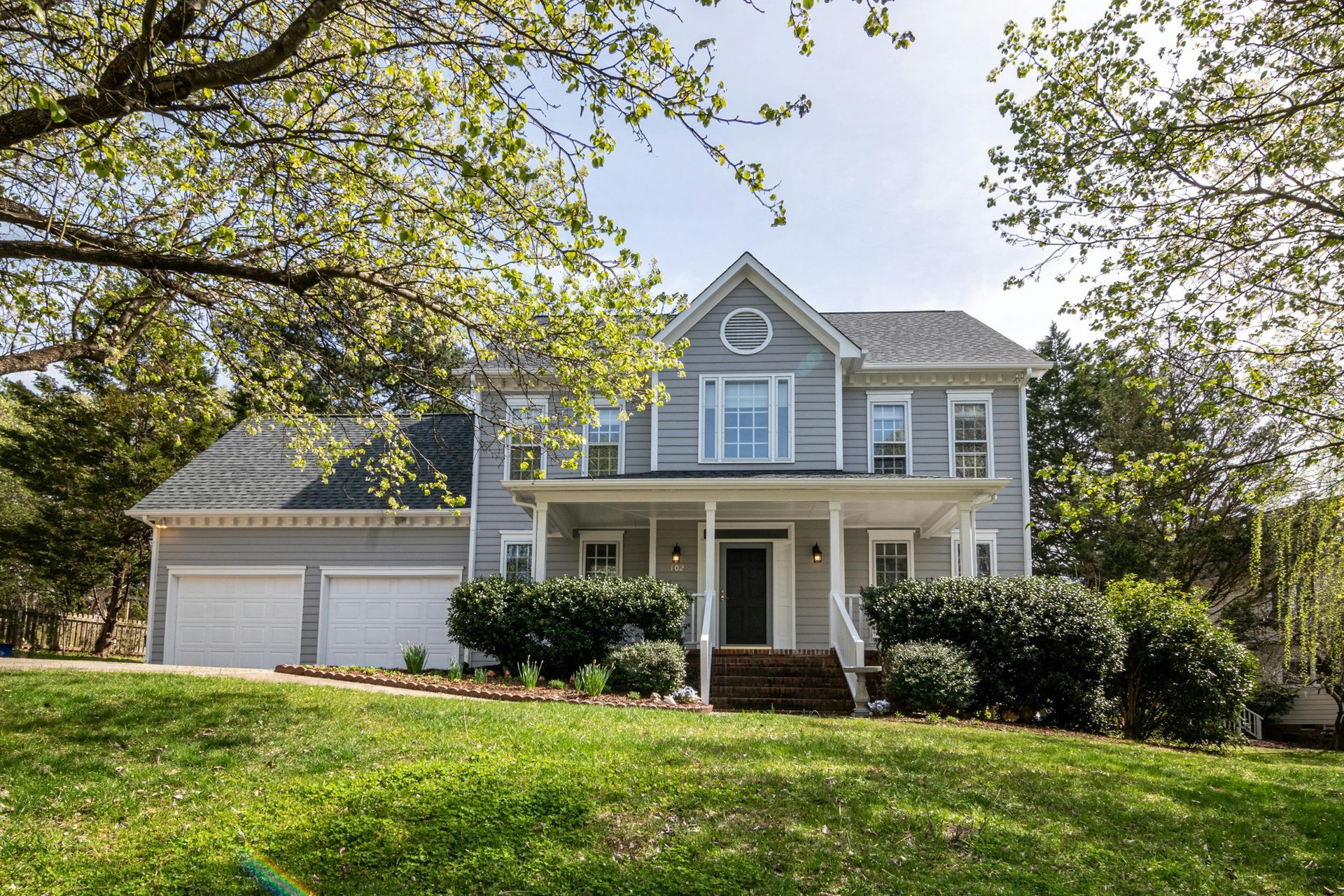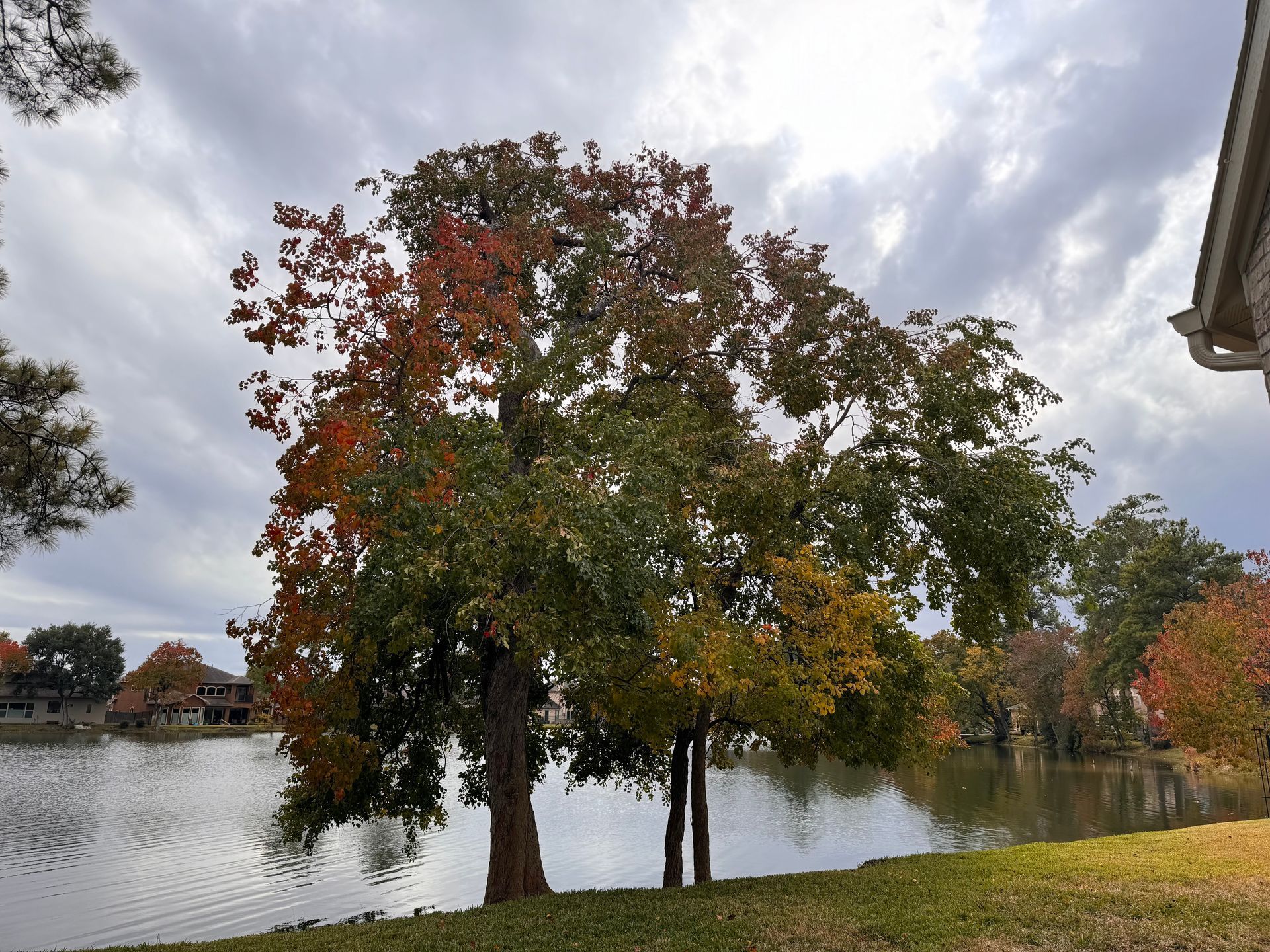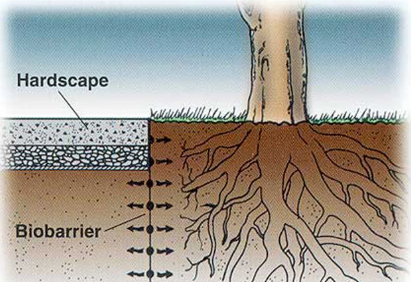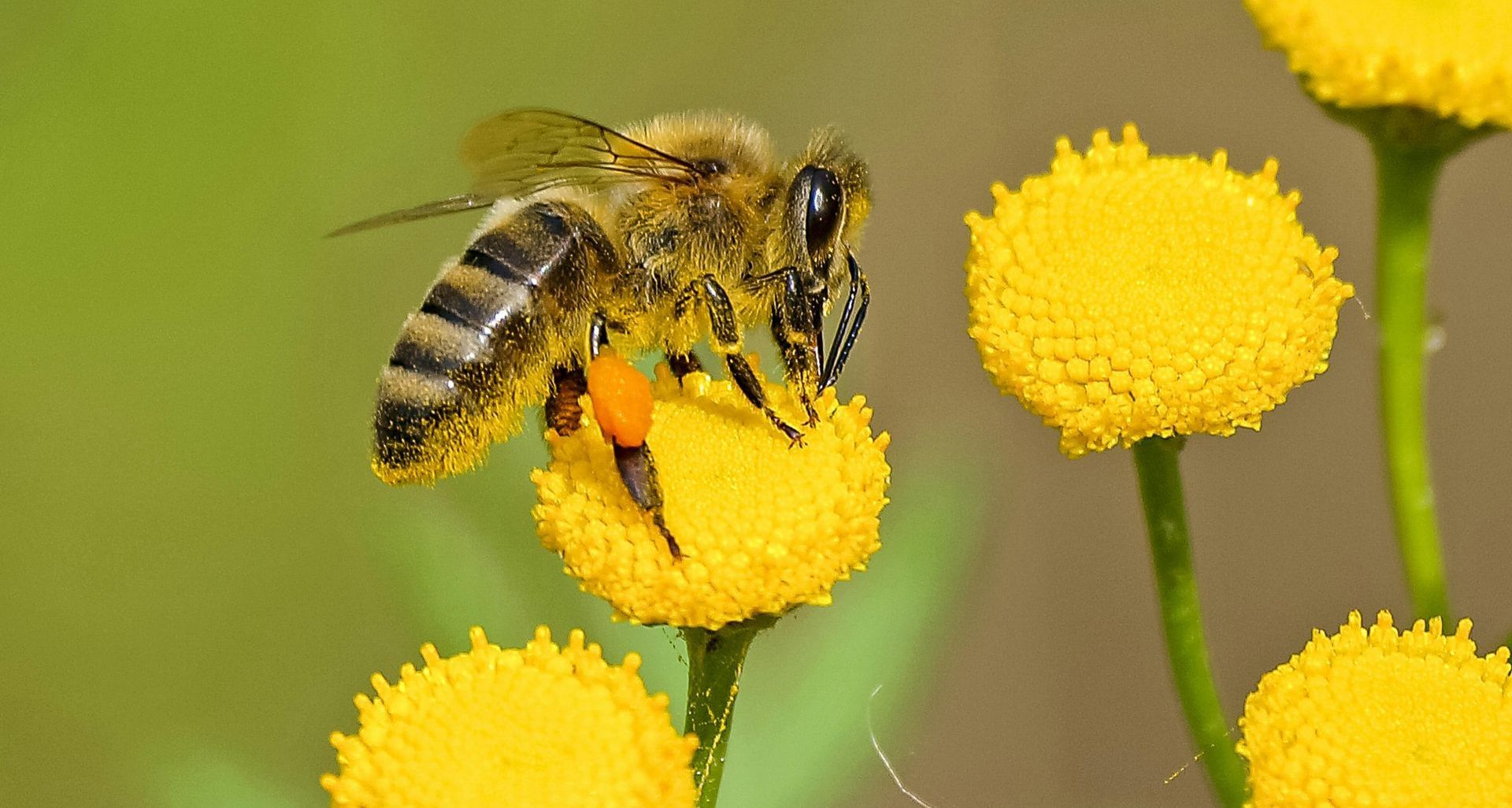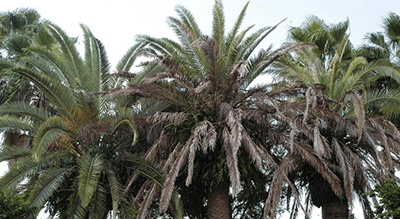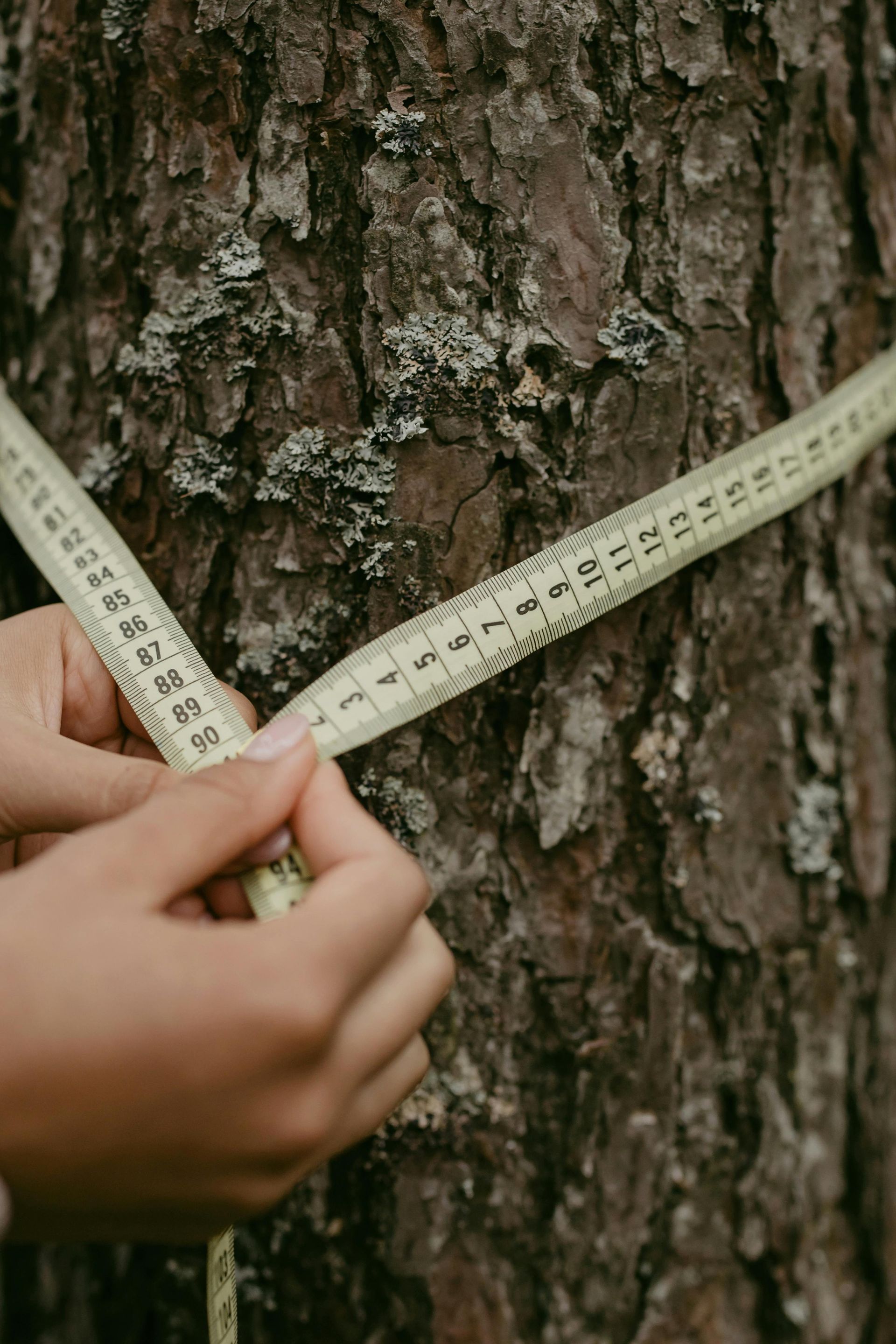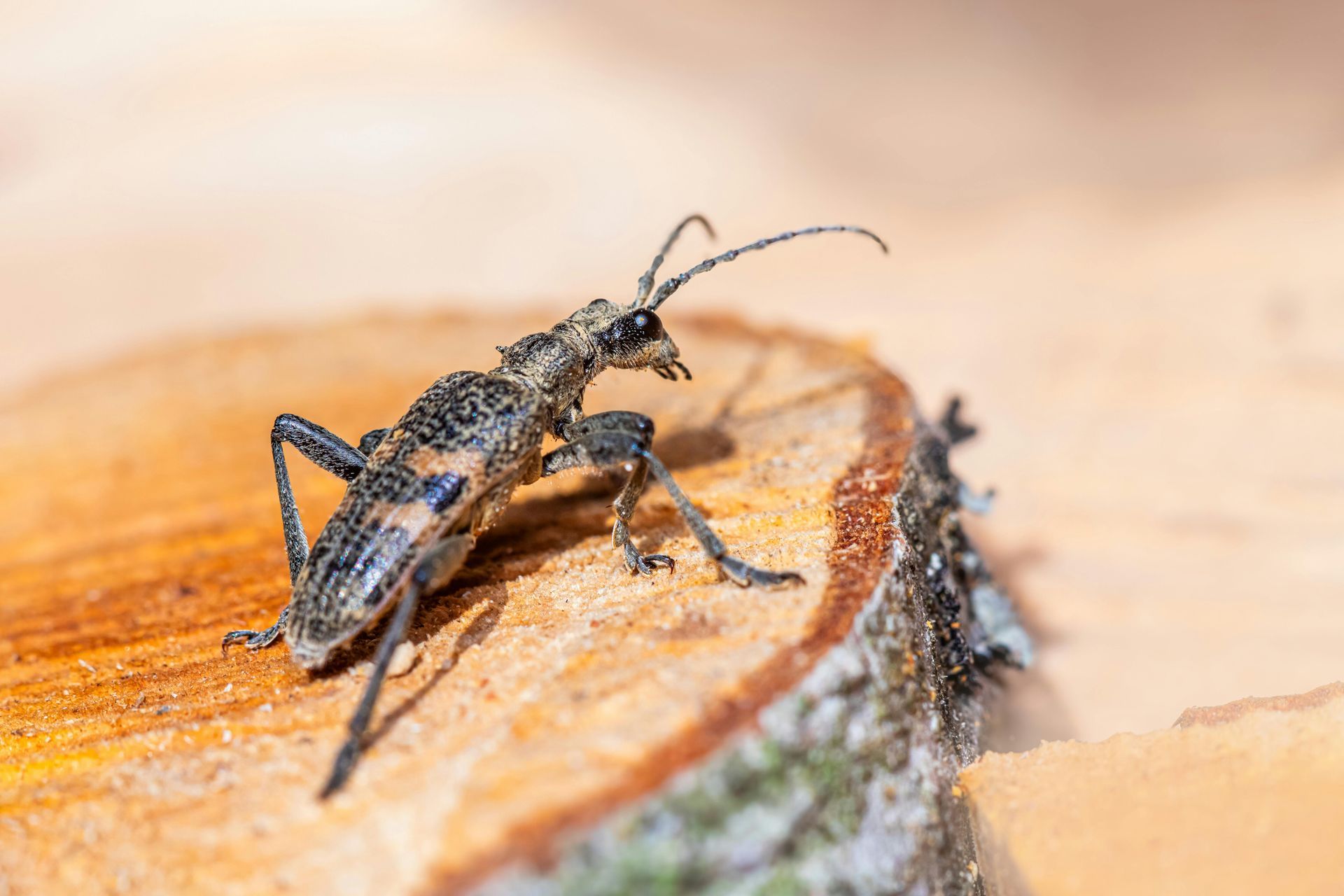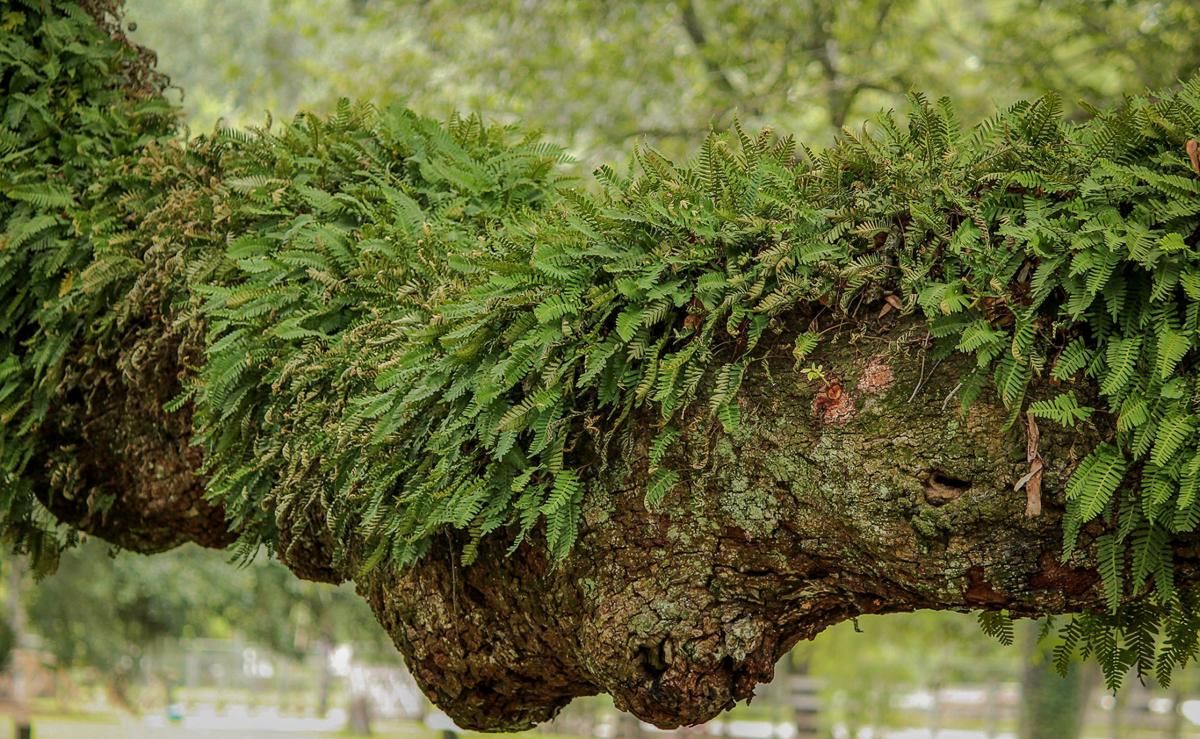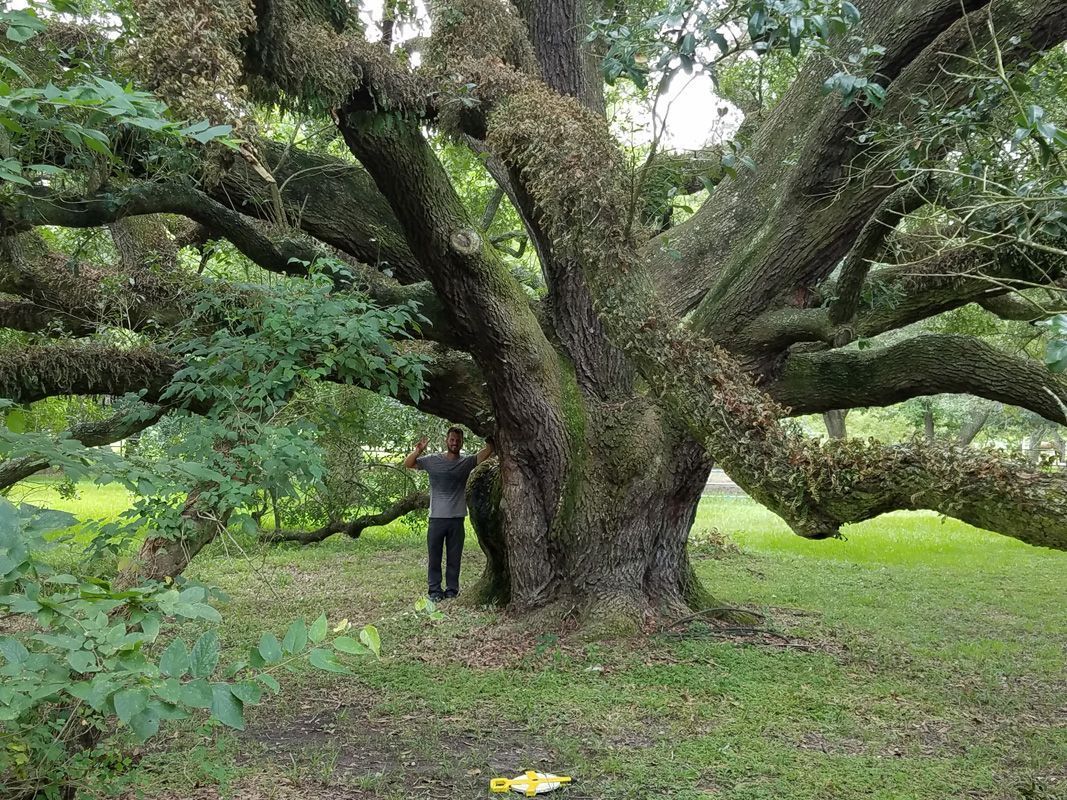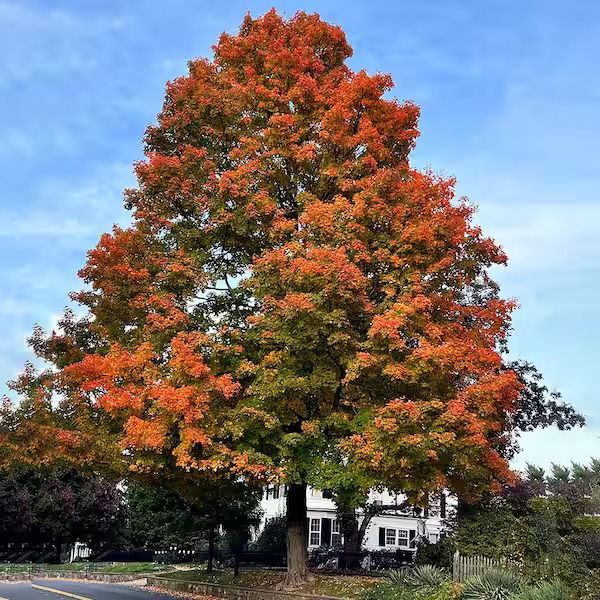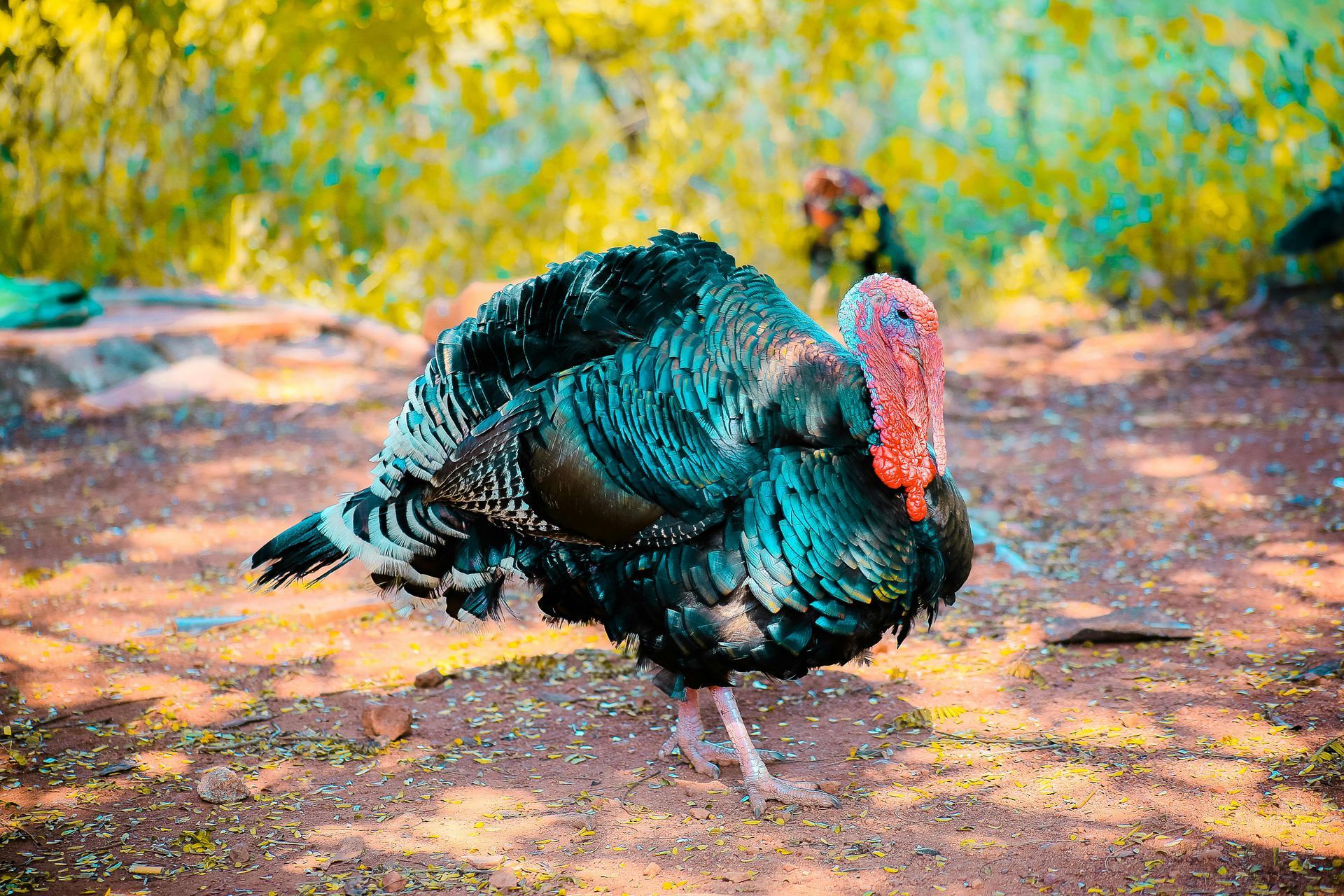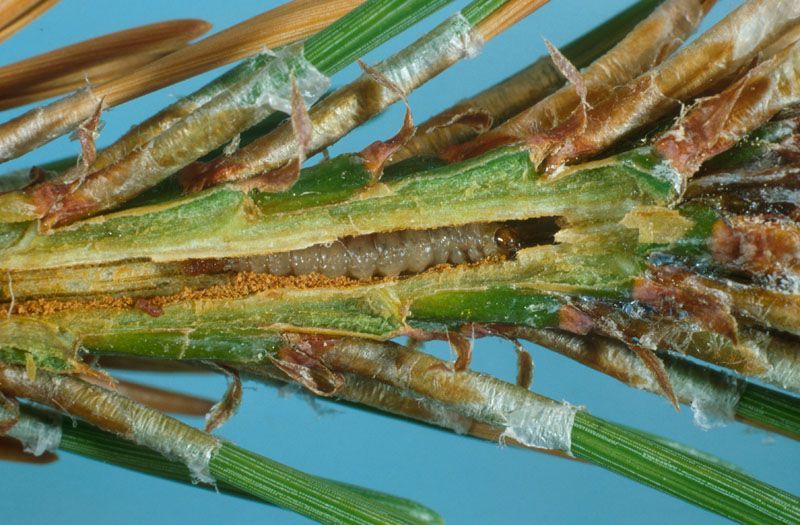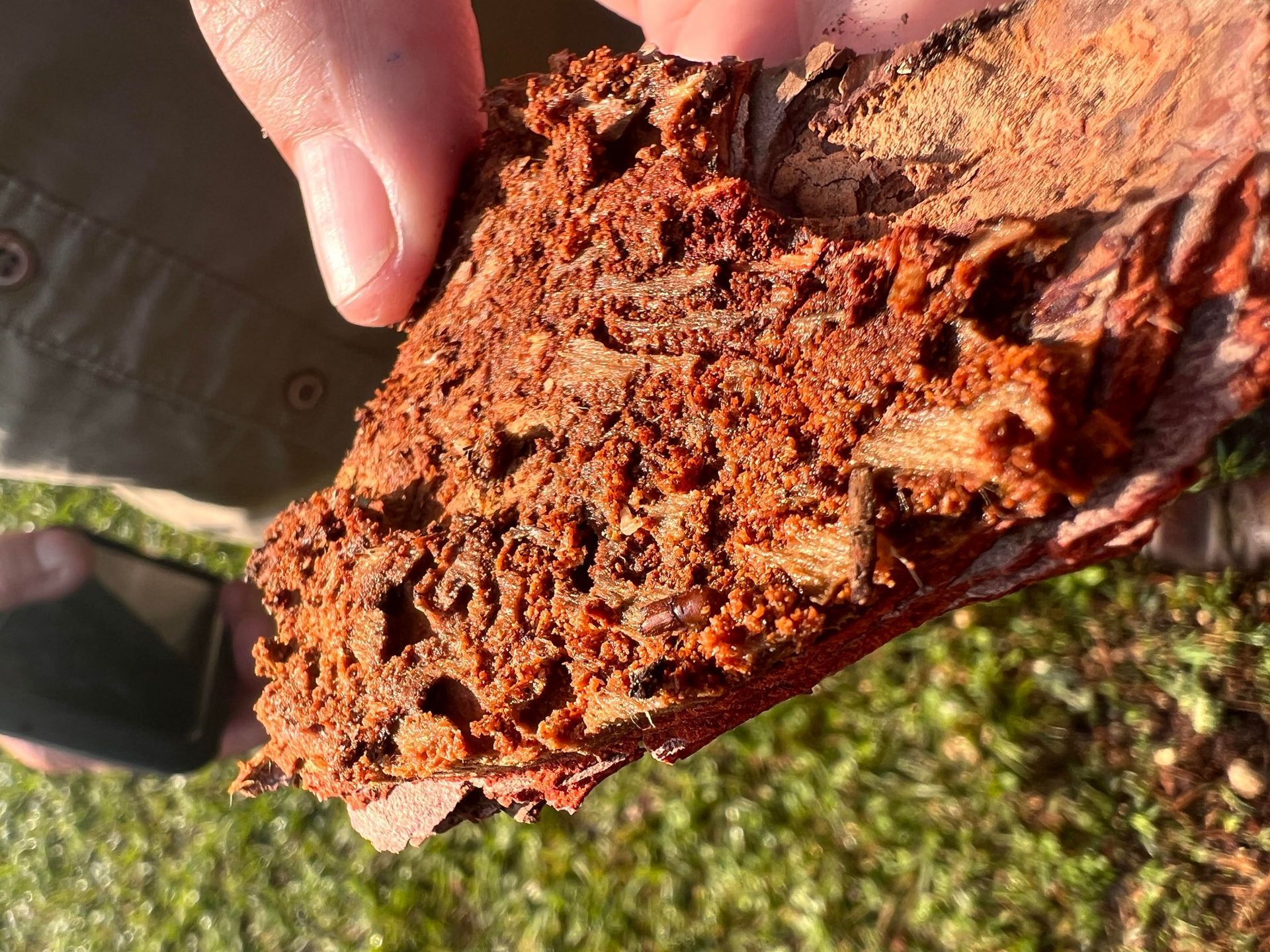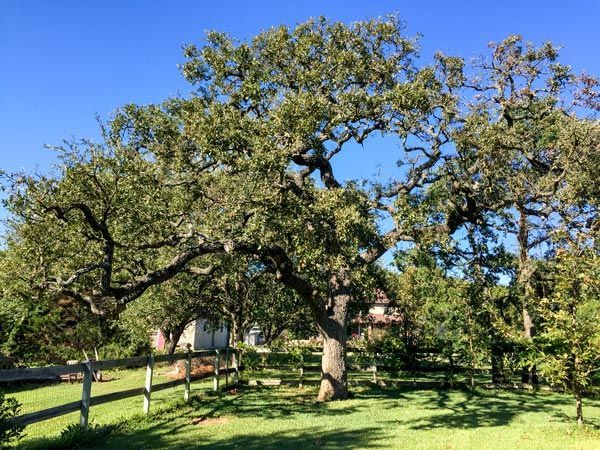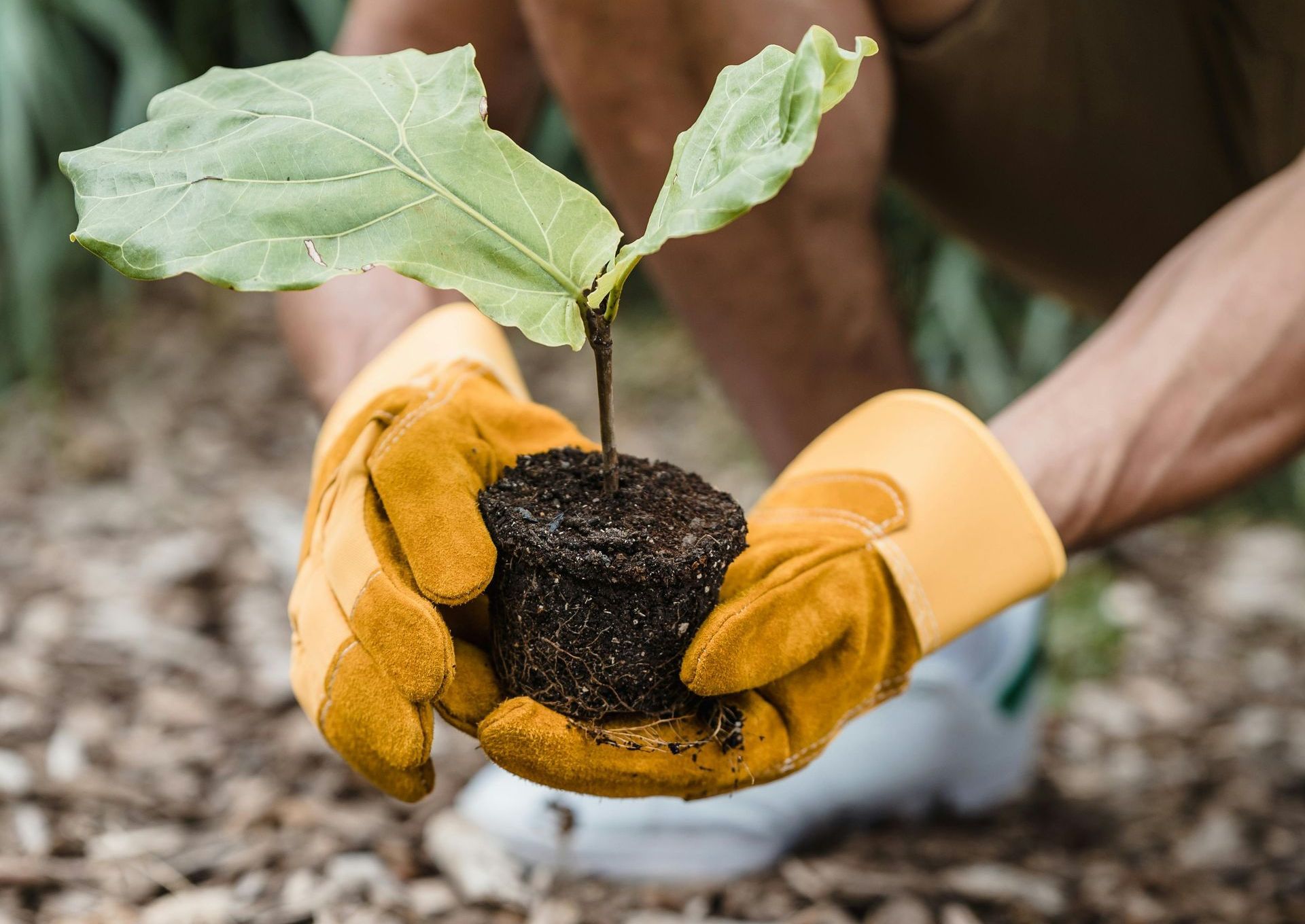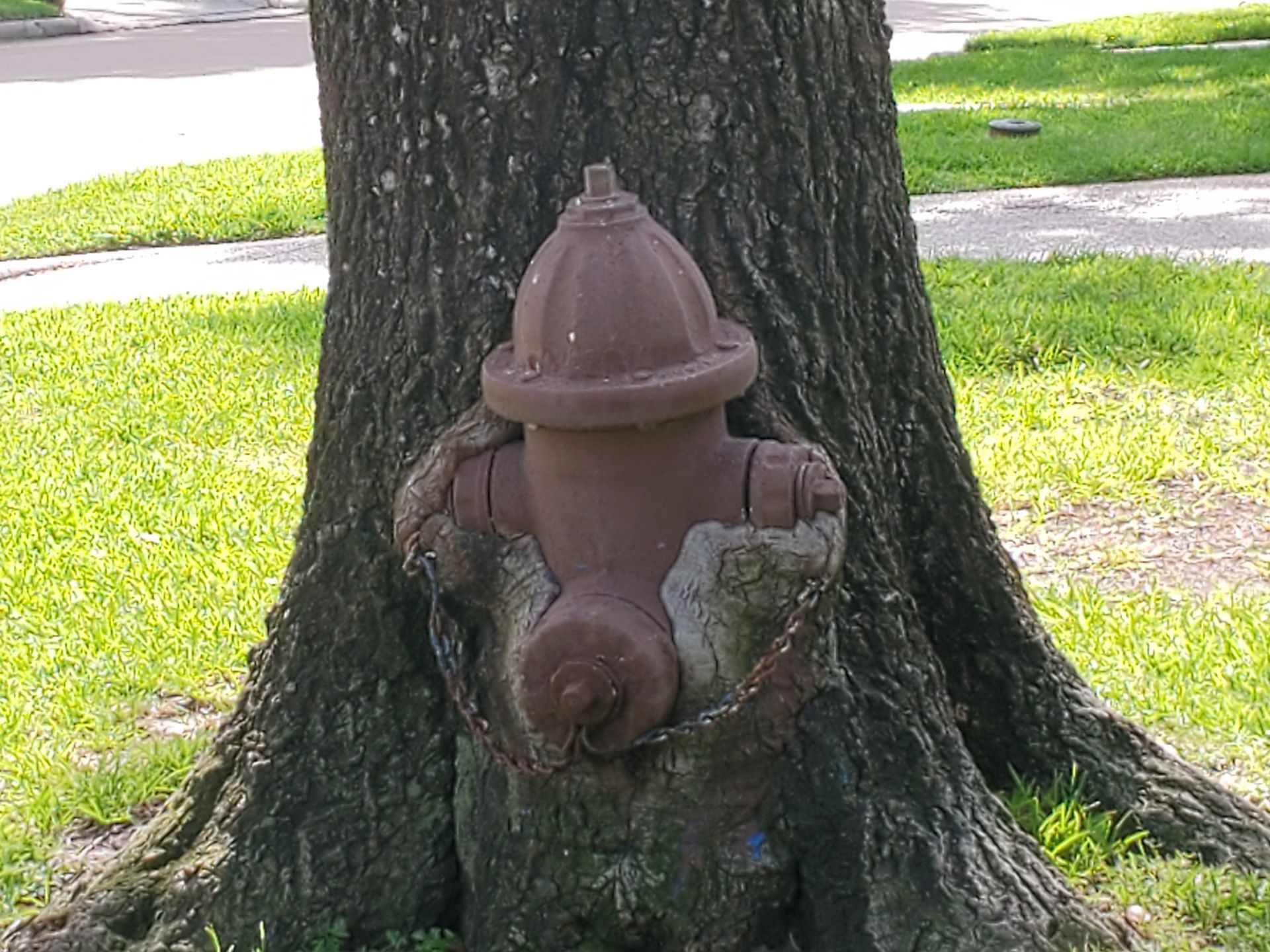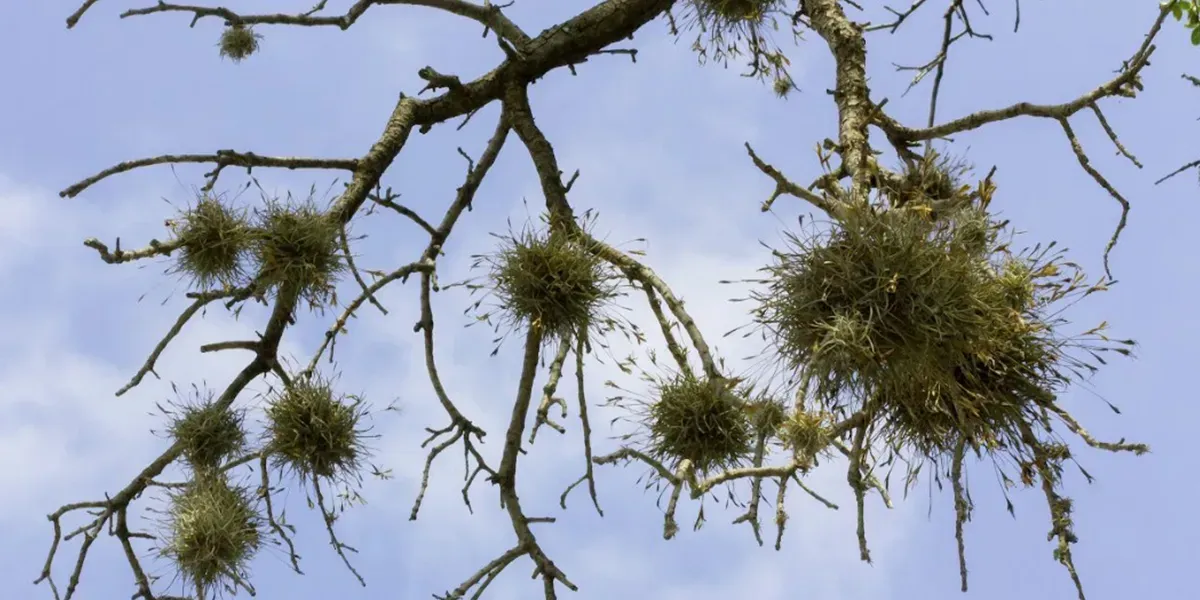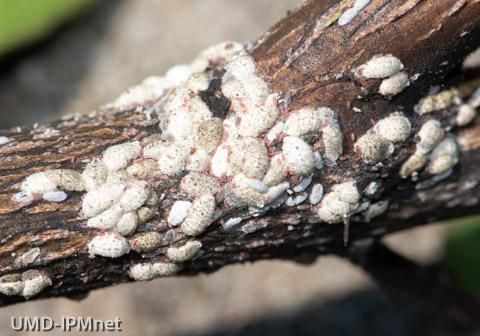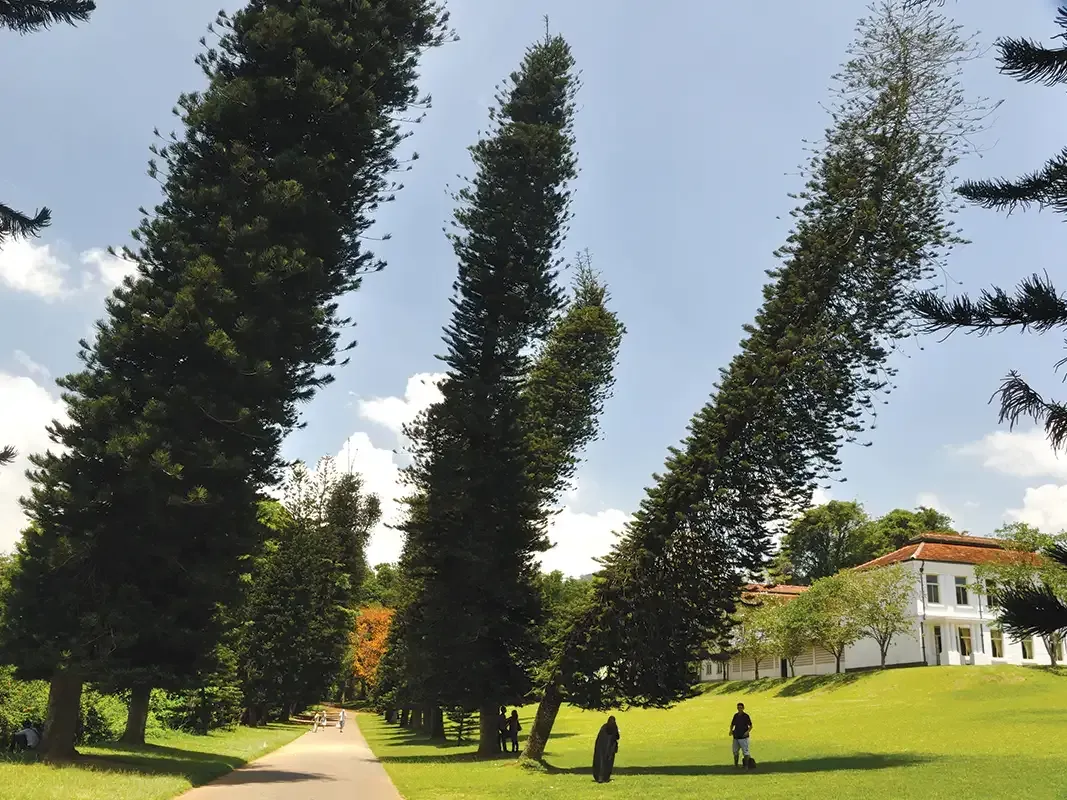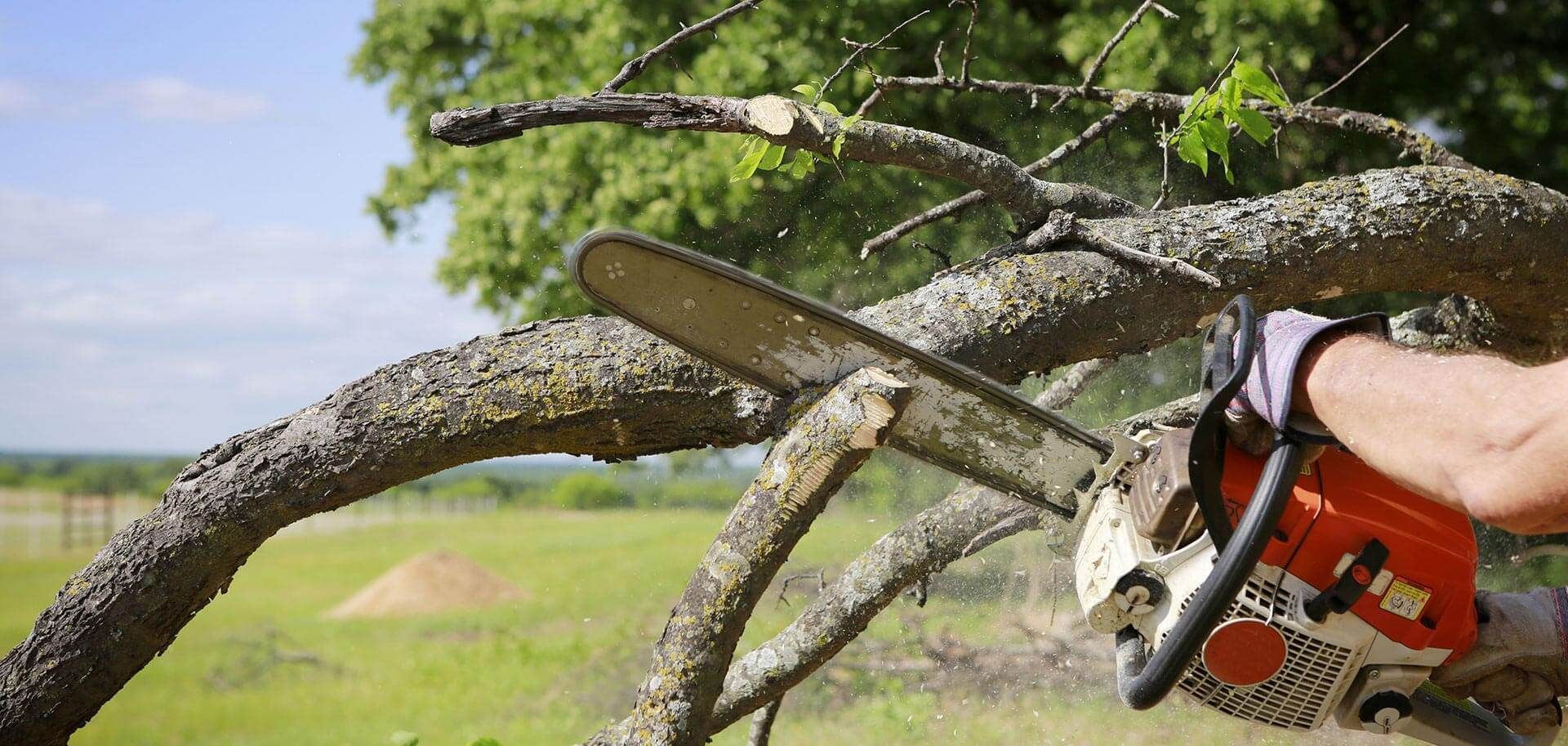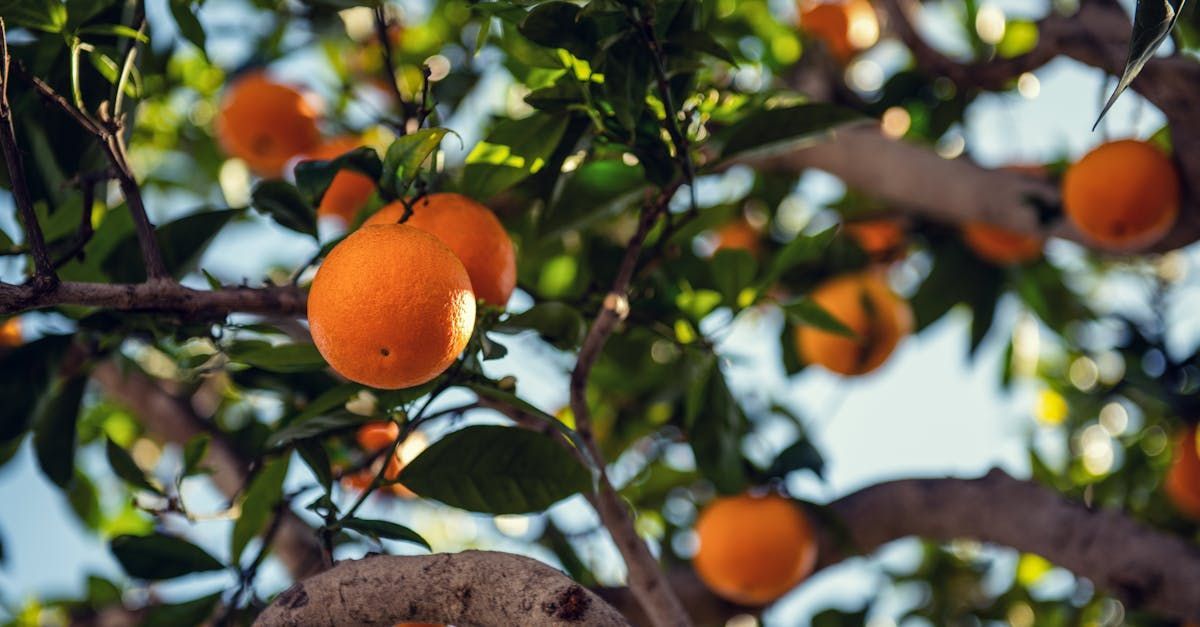Liriope’s Muse: Tree Care Tips from a Master Arborist
TRUSTED TREE CARE SERVICES SINCE 1970
Liriopes Muse: The Toxic Relationship Between Trees and Grass
In many landscapes, trees and grass coexist, but not always harmoniously. It is a common misconception that grass does not grow under the trees canopy due to the shade or lack of sun, which is simply incorrect. This is due to the natural phenomenon known as allelopathy. The term allelopathy comes from the Greek words allel and pathy, which mean "mutual harm" or "suffering". Think of this like a plants immune system to ward off other plants. These biochemicals influence the germination, growth, survival, and reproduction of other organisms. Allelochemicals also function by reducing nutrient availability and essential nutrients to other plants.
In the context of trees and grass, allelopathy often plays a role in shaping the dynamics of their coexistence. Trees can release allelochemicals through their roots or leaf litter, which can suppress the growth of grass. A prime example of this toxic relationship is the black walnut (Juglans nigra) it is notorious for its allelopathic effects. It produces a compound called juglone, which can stunt or prevent the growth of grass and other plants beneath its canopy. Pine trees are another example, releasing acidic compounds through their needles that alter soil pH, making it less favorable for grass growth.
On the other hand, grasses allelopathy can also affect trees. Some grasses, particularly when densely growing, can outcompete young trees for water and nutrients, limiting their establishment and growth.
Benefits and Challenges
For trees, allelopathy can be a beneficial strategy. By suppressing the growth of grass and other understory vegetation, trees can reduce competition for essential resources like water, nutrients, and sunlight. This allows them to establish and maintain their dominance in an ecosystem.
However, this relationship can pose challenges for gardeners, landscapers, and arborists who aim to cultivate both trees and grass in the same area. The inhibitory effects of allelopathy can make it difficult to maintain a lush lawn under certain tree species. In such cases, selecting tree and grass species that are compatible and less affected by each other's allelochemicals is crucial.
In your landscape there is constant and invisible competition between each and every plant from the trees and shrubs to the weeds and flowers. In essence its all about survival of the fittest. Understanding this relationship is important for homeowners and landscapers. By carefully selecting plant species and employing strategic landscaping practices, it is possible to mitigate the challenges posed by allelopathic interactions and foster a thriving garden where trees and grass can coexist.
Ruling out allelopathy
Sometimes a trees allelopathy is not the only thing keeping your under canopy grasses from thriving, there are species that can’t tolerate the shade as well as others. Choosing shade tolerant grasses, making sure to keep them well watered, and constantly seeding so that their population can grow are a few ways to keep the grasses flourishing in your yard.
Liriope’s Muse - Expert Tree Care Tips
